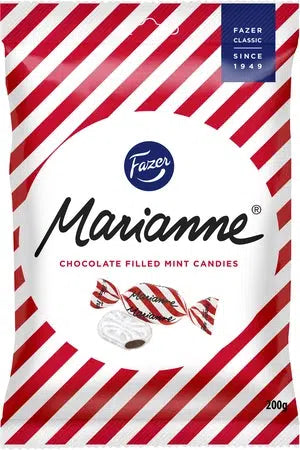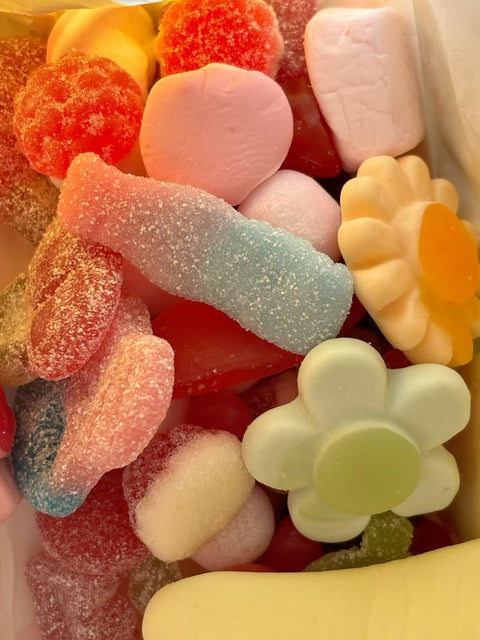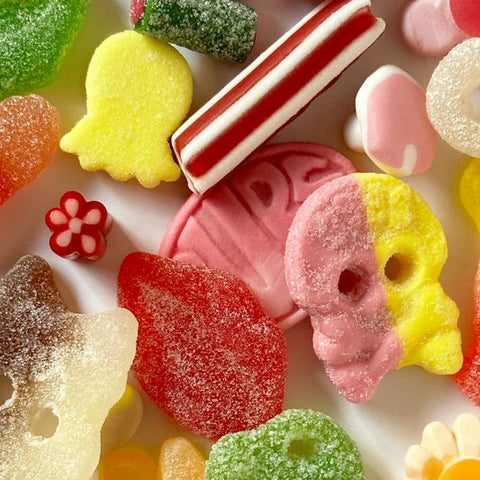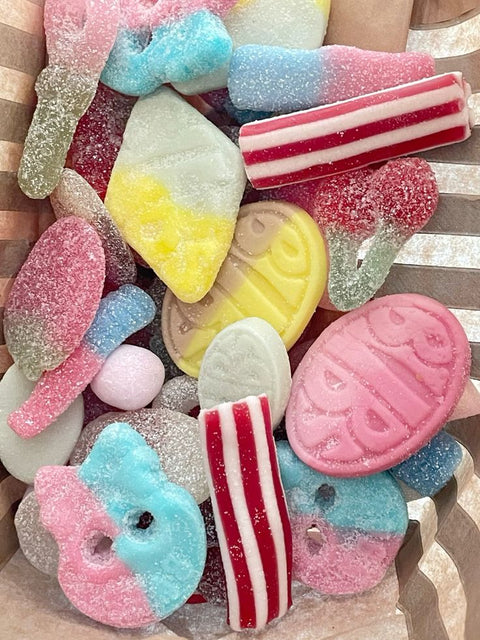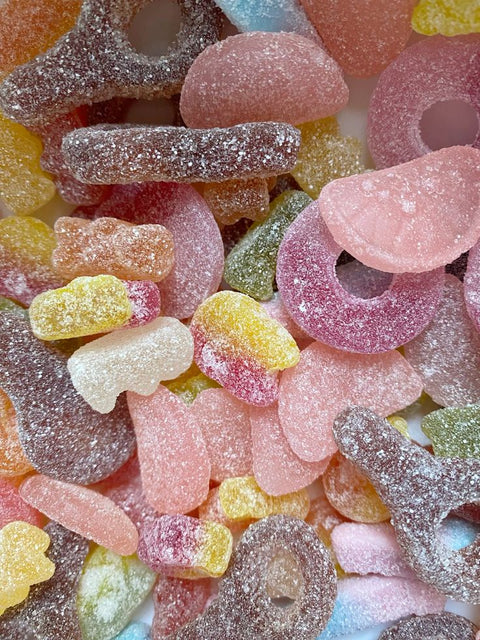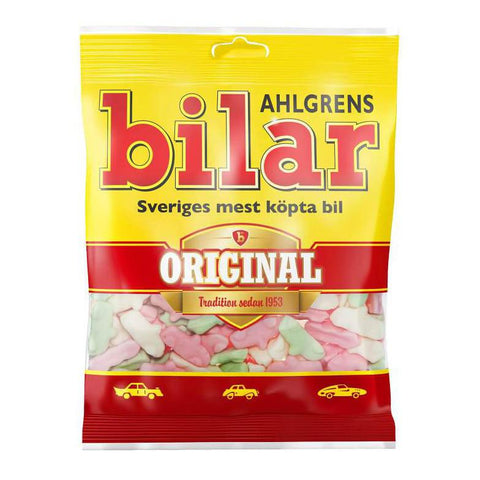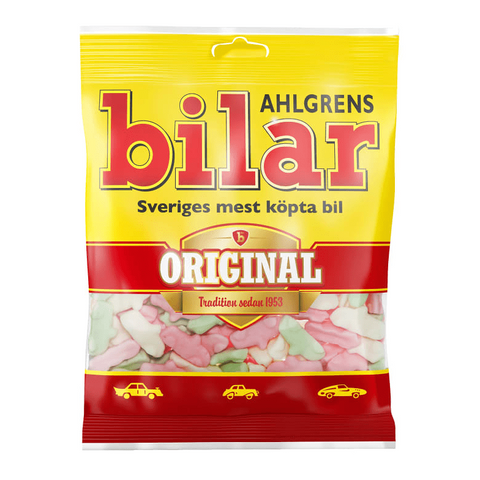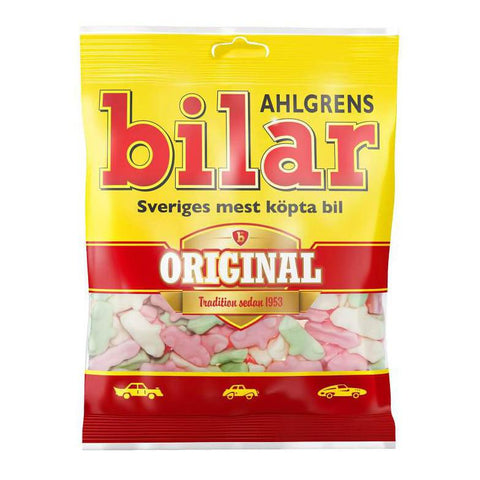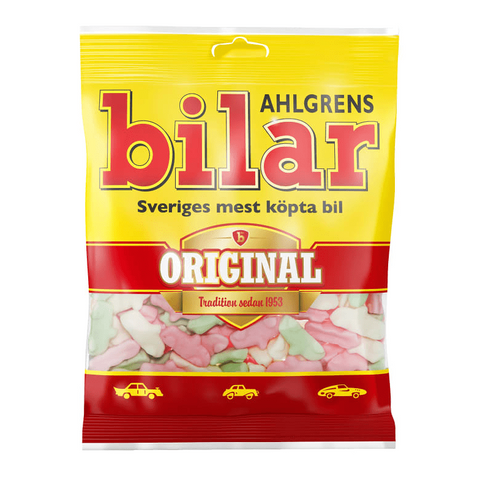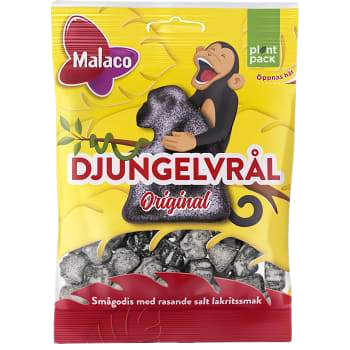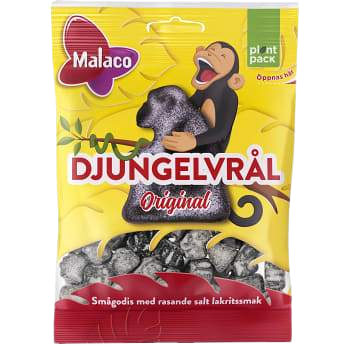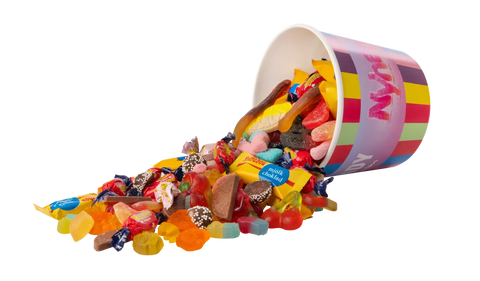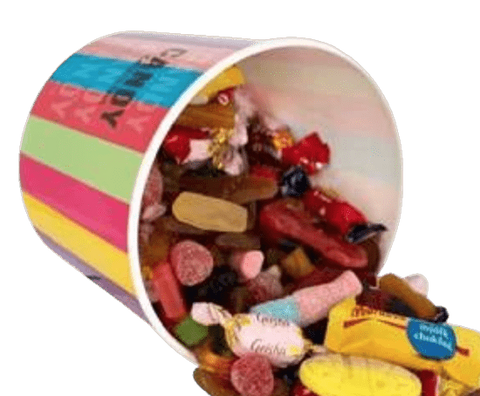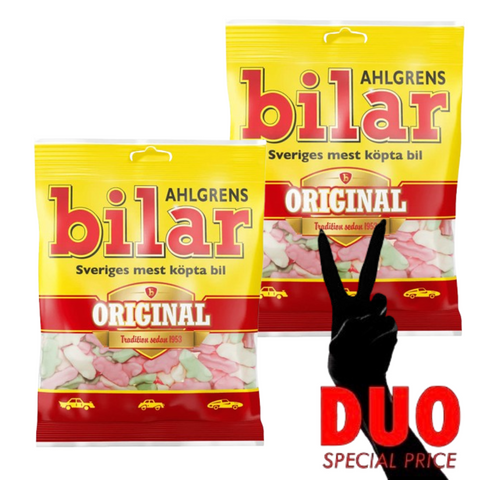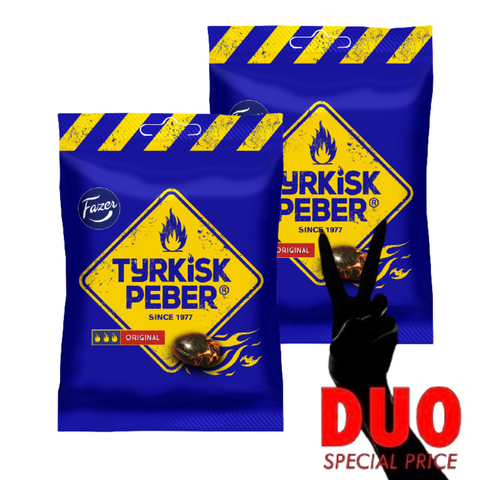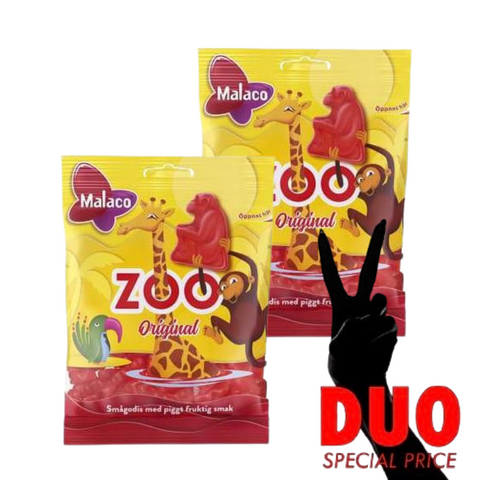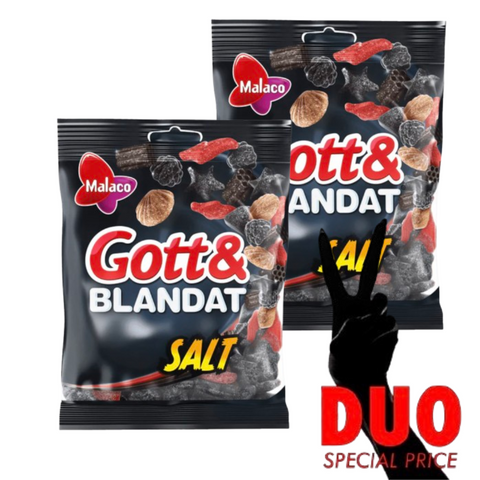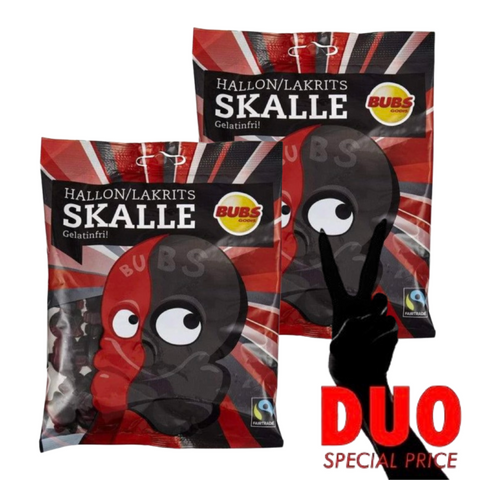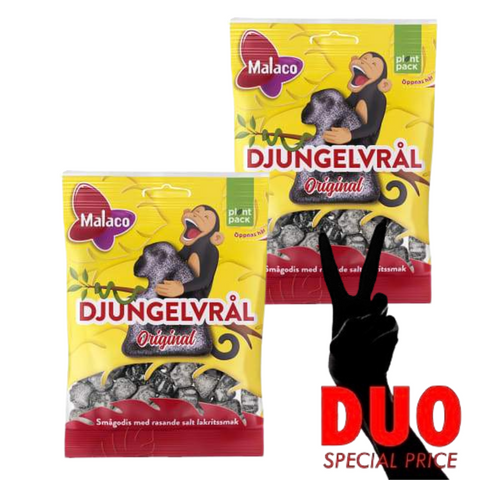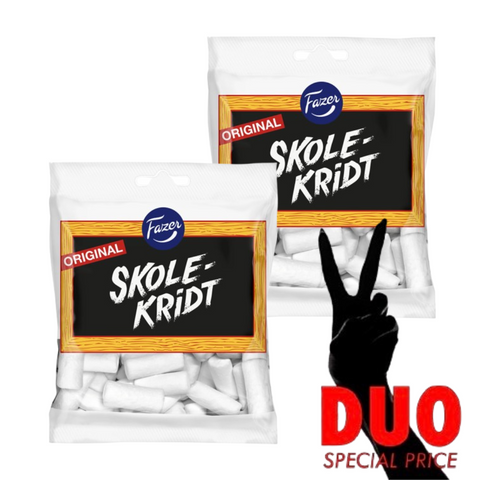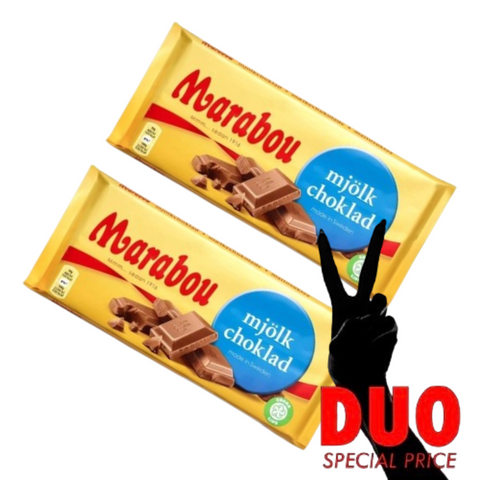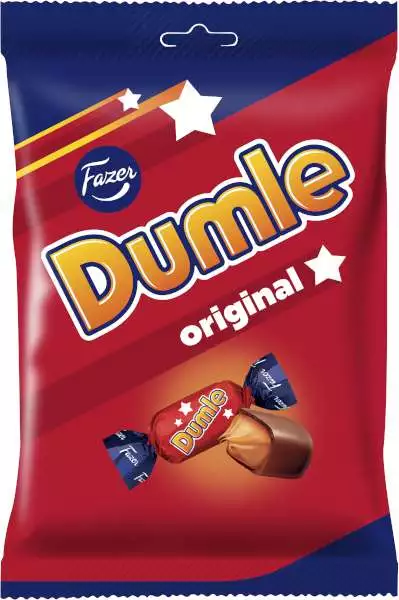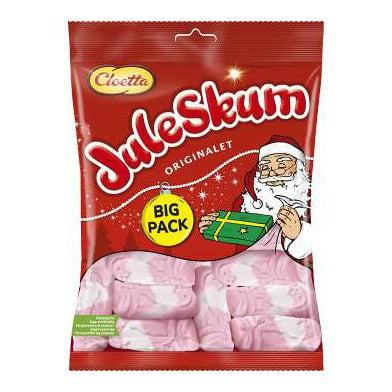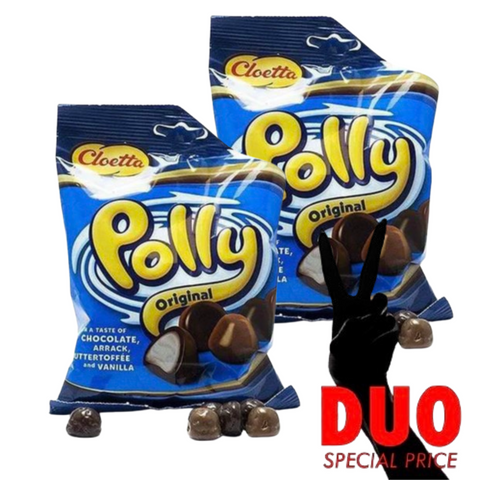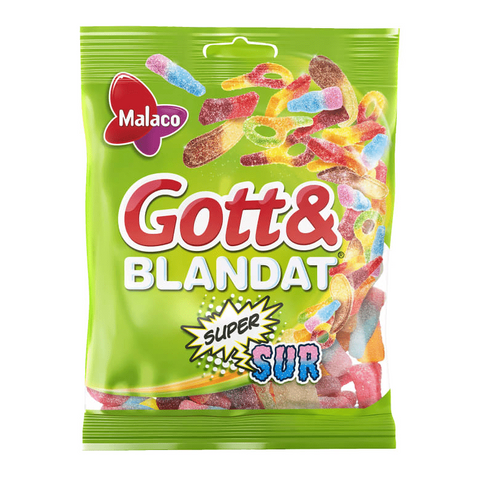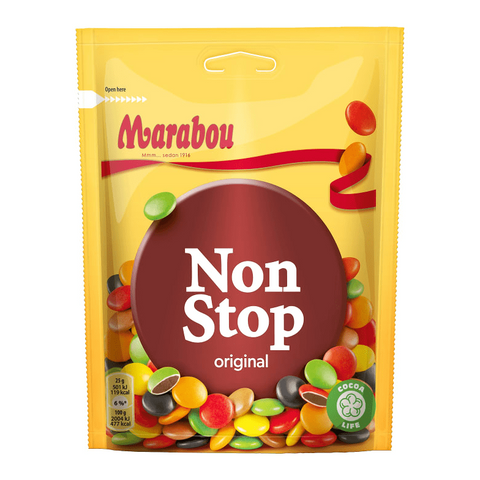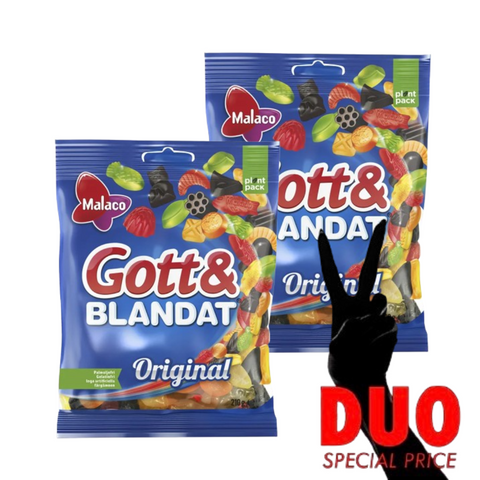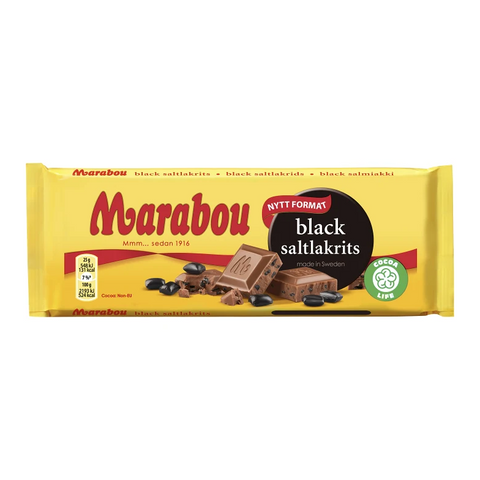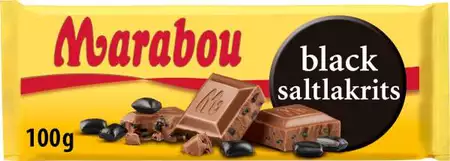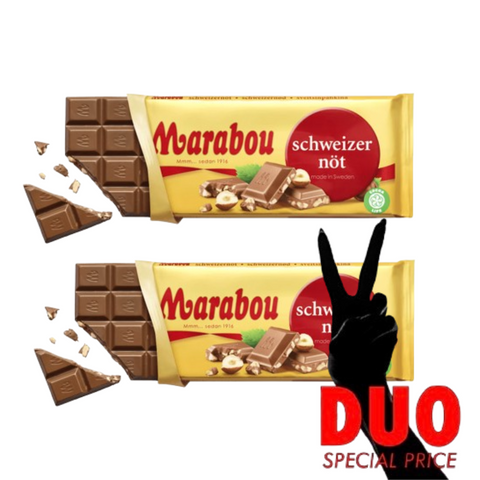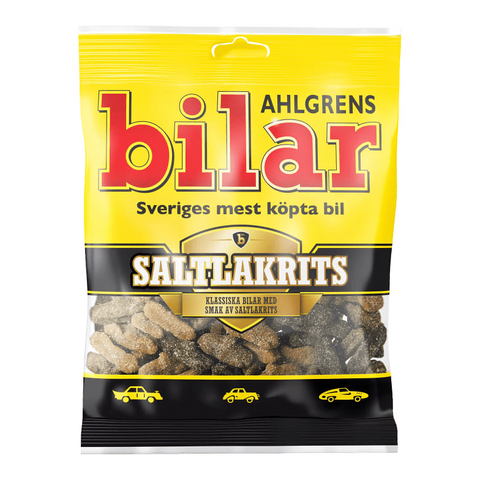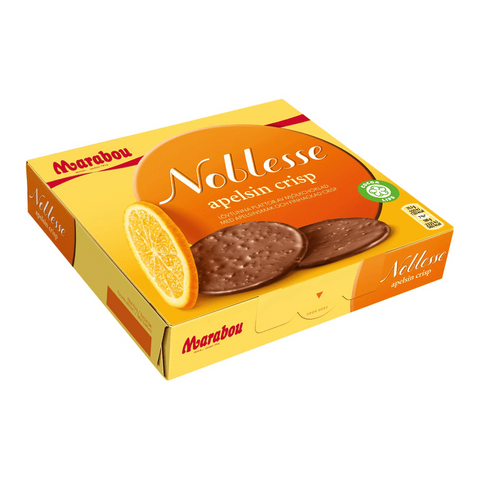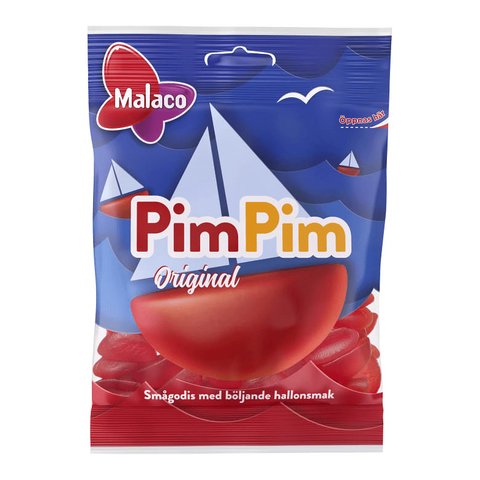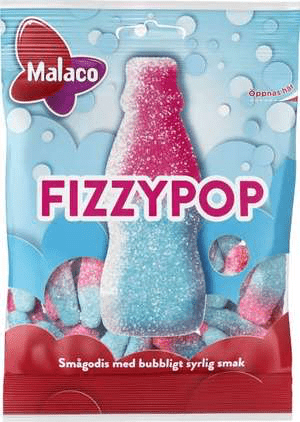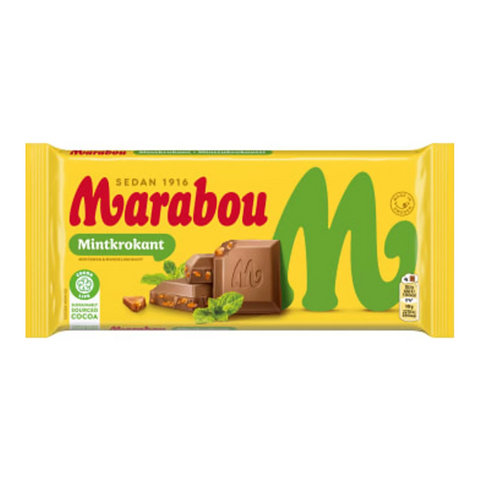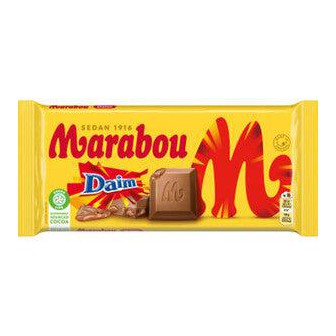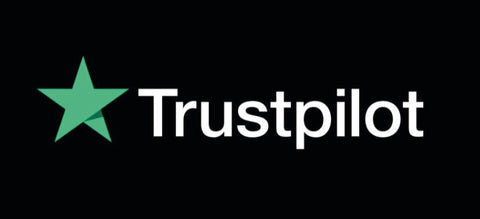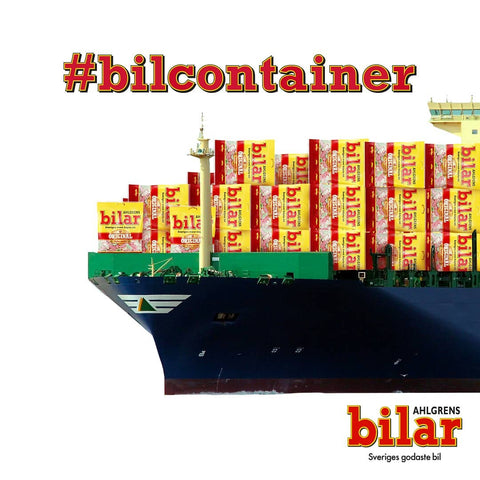

What These 3 Swedish Candies Say About Swedish Culture 🍬
Swedes are known for many things — minimalist design, deep forests, crispbread, and of course… candy. But not just any candy.
In Sweden, sweets are woven into the cultural fabric. They're not just a treat; they're a weekly ritual (lördagsgodis), a childhood memory, a fika companion, and even a conversation starter. And among the hundreds of colorful confections on Swedish shelves, a few stand tall as national icons.
We're talking about the cool elegance of Marianne, the chewy nostalgia of Ahlgrens Bilar, and the wild challenge of Djungelvrål. These three candies aren't just beloved — they represent decades of history, branding genius, and uniquely Swedish taste.
So, buckle in (or unwrap a treat) as we take you on a sweet trip through time and taste.

🍬 Marianne – The Cool, Classic Mint with a Secret
First produced by Fazer in the 1940s, Marianne candies are instantly recognizable — white with red stripes, stylishly wrapped like a little gift. At first bite, you're met with a refreshing peppermint crunch. But inside? A smooth chocolate filling that melts into something far richer and more comforting than you expect.
Marianne is the kind of candy that transcends age. It's the mint grandma always had in her coat pocket, the one you reached for after fika, and the one passed around the office during Christmas.
📜 A Little History:
Fazer, a Finnish-Swedish company, introduced Marianne as part of a post-war innovation boom in sweets.
The name “Marianne” is believed to be inspired by a French operetta character — designed to evoke elegance and charm.
Over time, it became a staple of holiday tins, teacher gifts, and workplace candy bowls across Sweden.
💡 Fun Uses:
Crushed Marianne makes an amazing topping for ice cream or chocolate cake.
Some Swedes melt them into cream to flavor whipped toppings or frostings.
Pop them in the freezer for an ultra-crisp, refreshing crunch.
In short: Marianne is elegance in edible form — and no Swedish candy drawer feels complete without her.
🚗 Ahlgrens Bilar – Sweden’s Most Bought Car
Say “Sweden’s most popular car” and watch a Swede grin — they know the joke. It’s not Volvo. Not Saab. It’s a soft, fruity marshmallow shaped like a little vintage car: Ahlgrens Bilar.
This pastel trio of chewy candy cars — pink, white, and green — is more than a snack. It’s a symbol of childhood, of road trips, of gas station stops and birthday party goodie bags. First created in 1953, the candy was born out of a failed attempt to produce foam rubber for car interiors.
Instead, they accidentally created one of the most successful confections in Swedish history.
📈 Icon Status:
Over 17 million bags are sold each year in Sweden.
Swedes argue passionately about which color tastes best (many say pink — but the debate rages on).
Limited-edition “car” flavors like sour, licorice, and salty have come and gone, but nothing beats the original.
🚘 More Than a Candy:
Bilar are used in board games, school projects, even as cake decorations.
There’s even a “Bil Cup” — a competitive eating contest of who can eat the most Bilar the fastest (not for the faint of heart).
Ahlgrens Bilar is the candy equivalent of a national inside joke — sweet, nostalgic, and proudly Swedish.
🦁 Djungelvrål – The Candy That Roars Back
Warning: not for beginners.
Djungelvrål is one of those uniquely Swedish experiences that outsiders rarely understand at first taste — but for many Swedes, it’s the ultimate candy test.
These little black monkeys (yes, literally shaped like monkeys) are covered in a potent salmiak (ammonium chloride) powder that delivers an intense salty licorice punch. And if you survive the first blast, the chewy center rewards you with a more mellow licorice finish.
🧪 Flavor Science:
Salmiak triggers pain receptors on the tongue, making the experience intense and almost spicy.
For Swedes, it’s comforting — many grow up loving salty licorice, often starting with milder versions as kids before leveling up to full Djungelvrål status.
Foreigners tend to react with dramatic facial expressions, making it a favorite “taste test” item among expats.
🦍 The Legend:
Launched in the 1980s by Malaco, Djungelvrål literally means “Jungle Roar”.
The monkey mascot on the packaging is mid-scream — a fair warning of what’s to come.
Despite its polarizing flavor, it remains one of Sweden’s top-selling licorice products.
This candy doesn’t just test your taste buds — it tests your Swedishness.
🇸🇪 Why These Candies Are More Than Just Sweets
Each of these candies reflects something about Sweden’s culture:
Marianne reminds us of tradition, elegance, and subtle flavor — the “lagom” of candy.
Bilar brings out our playful, nostalgic side — with a wink and a smile.
Djungelvrål reveals our boldness, our sense of humor, and our love for flavors that make the rest of the world raise an eyebrow.
And together, they create a mini edible museum of Swedish identity.
For Swedes abroad, these sweets are more than sugar. They're a link to home. A taste of comfort. A way to pass on tradition to children, or to introduce non-Swedish friends to “how we do candy.”

📣 Final Thought: Sweet, Salty, Swedish
Swedish candy isn’t just a product. It’s a passport to culture, a sensory memory, and a reflection of what makes Sweden delightfully unique. From peppermint elegance to licorice madness, these iconic candies are proof that flavor is identity.
So next time you unwrap a Marianne, chew a Bilar, or brave a Djungelvrål — know that you’re not just eating candy.
You’re tasting a piece of Sweden’s story.

